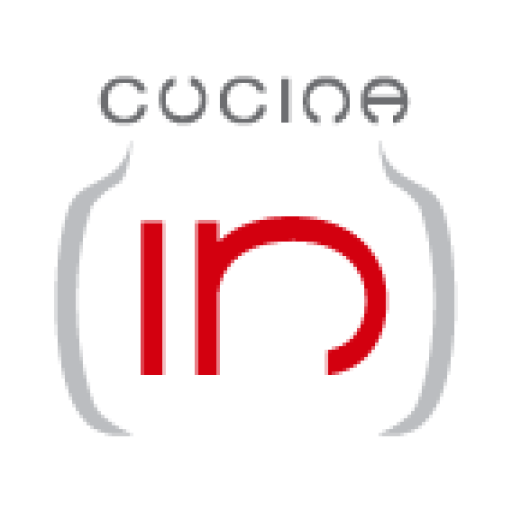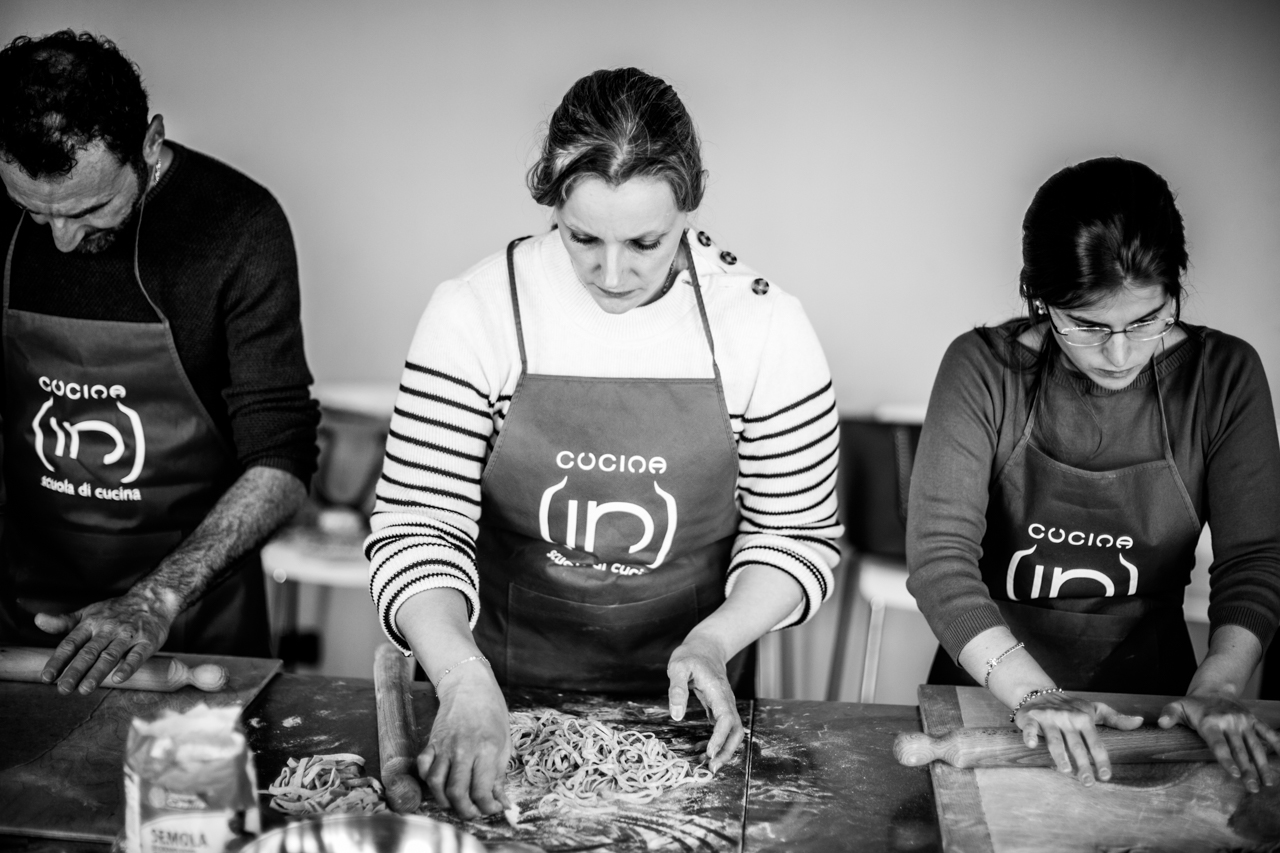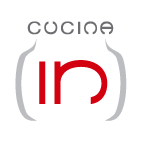Indubbiamente le cotture hanno portato innegabili vantaggi, non ultima la possibilità di prolungare la “vita” delprodotto e quindi la sua conservazione eliminando microbi e batteri.
Alcuni elementi sono più digeribili cotti che non crudi ma allo stesso tempo una pasta al dente è ben più digeribile di quella stracotta. Ecco come in un attimo abbiamo capito che le varianti sono molteplici; le diverse cotture agiscono in modo molto diverso sugli elementi a esse sottoposti. Vediamo quali sono i metodi di cottura più utilizzati fin dal passato per arrivare ai giorni nostri e alle cotture più in voga di questo momento:
- Frittura: prevede l’immersione dell’alimento in una sostanza grassa a una temperatura fra i 140° e i 180°;
- Brasatura: dopo una prima rosolatura, prevede una lunga cottura in ambiente chiuso con poco liquido aggiunto;
- Stufatura: cuoce gli alimenti in umido per un tempo prolungato a fuoco moderato fino all’intenerimento del cibo;
- Alla griglia o alla piastra: si provoca un’arrostitura dovuta all’esposizione diretta del calore, asciutto ed elevato in cui l’unica materia grassa o liquida è quella dell’alimento stesso;
- Allo spiedo: tecnica mista tra la cottura alla griglia e a fiamma diretta ed è forse il metodo più antico; consiste nel forare e quindi infilzare l’alimento cuocendolo a fuoco diretto o semi diretto a temperatura medio alta;
- Al forno: in ambiente racchiuso con temperatura costante e controllata, con o senza altri elementi aggiunti (grassi, liquidi, ingredienti vari). Forno a legna, forno a gas o elettrico, ventilato o con aggiunta di vapore: molte varianti per differenti risultati;
- Al microonde: l’azione delle onde elettromagnetiche dirette condiziona l’acqua presente nell’alimento che, di conseguenza, lo fa cuocere;
- A bagnomaria: l’immersione e cottura indiretta dell’alimento il quale, tramite una protezione, non è a diretto contatto con l’acqua che sta sobbollendo; è possibile cuocere in questa maniera sia in forno che su una superficie riscaldante;
- Bollitura: la cottura dell’alimento per immersione in acqua a temperatura massima di 100°;
- Al vapore: una cottura che definirei “bollitura delicata” in quanto l’alimento è sottoposto all’azione di piccole gocce d’acqua a temperatura massima di 100°;
- A pressione: in una pentola chiusa consente di alzare la temperatura di cottura fino ad arrivare a 120° permettendo tempi minori di cottura anche con alimenti tipicamente tenaci;
- A bassa temperatura: l’evoluzione del bagnomaria ma a temperatura mediamente attorno ai 65° per un tempo variabile a seconda delle dimensioni dell’alimento;
- Sacchetti a tenuta di calore: la carta fata. Si inserisce l’alimento con o senza condimenti e aromi e lo si cuoce in forno ma anche in padella o alla piastra. L’alimento subisce il calore che non è propriamente diretto e l’ambiente piccolo e chiuso equipara la cottura a una sorta di forno/ vapore.
Come appare evidente, i metodi di cottura sono molti e ognuno ha dei pro e dei contro.
Quelli più in voga (e non li definirei “nuovi metodi”) sono attualmente il vapore, il microonde e la bassa temperatura. Possiamo inoltre combinare queste 3 tecniche ad altre più tradizionali e te ne faccio degli esempi.
- Misto vapore: cottura a temperatura non elevata in forno con aggiunta di una percentuale di vapore, per esempio un pane cotto a 180° con vapore o dei biscotti a 120° con vapore.
Il vapore, soprattutto se delicato (ovvero compreso fra i 60 e gli 85 °), rispetta molto le caratteristiche delle vitamine e delle proteine degli alimenti; non permette una riduzione significativa di peso come potrebbe avvenire nel caso della cottura arrosto di un roast beef e non inzuppa di liquido l’alimento come in una bollitura. Per esempio, una zucchina cotta a vapore risulta essere più asciutta di una bollita.
- Misto microonde-vapore: la realizzazione del vapore nella camera del forno, tramite aggiunta di acqua nel recipiente di cottura, viene combinata all’azione delle onde elettromagnetiche. Avviene dunque una cottura delicata in presenza di temperature medio basse.
La cottura a bassa temperatura (CBT) viene spesso abbinata a operazioni preliminari o di rifinitura che prevedono la rosolatura o scottatura dell’alimento al fine di realizzare la reazione di Maillard con una finalità più estetica che funzionale, anche se questa aggiunge un gusto deciso alla delicatezza della CBT.
Doveroso ricordare che con la CBT non vi è dispersione di succhi, umori e principi nutritivi. Le carni, per esempio, restano più tenere e sugose.
Ecco quindi come, attraverso la dovuta conoscenza delle caratteristiche di ogni singolo alimento e la necessaria formazione ed esperienza, saprai applicare le varie tecniche di cottura anche combinandole fra loro. Il nostro doveroso focus deve sempre essere concentrato sul rispetto delle materie prime, dell’ambiente e della nostra salute.


